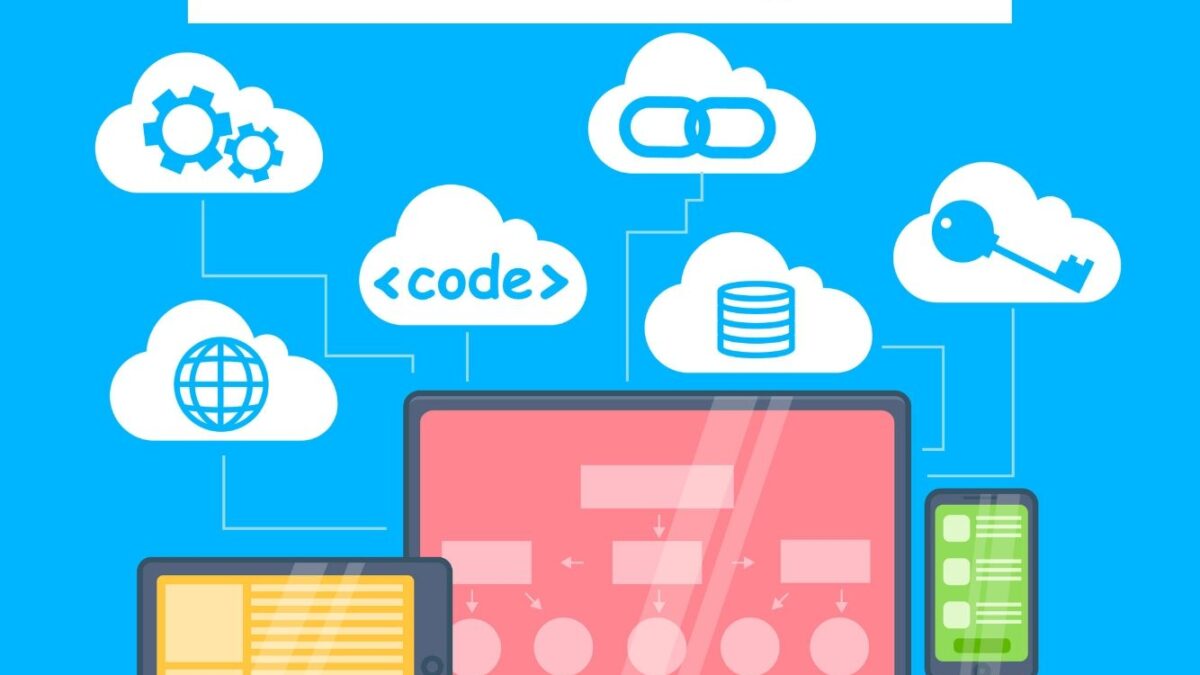SaaS is all the rage nowadays. Ease of use, extra security, and sheer convenience make SaaS a popular choice amongst businesses. The pandemic has played its part too. With more employees working remotely, the need for easily accessible cloud software has never been more necessary. However, marketing your product can be a whole different story.
Here’s what you need to know when considering how to market your SaaS product.
SaaS is both product and service
SaaS marketing differs from selling nearly any other product because SaaS is both software and service. You’re selling access to the software itself, but it is also a tool. Your software might be accounting-based, but potential business customers will also want to know what your customer support, network security, and digital resources are like. SaaS marketers are in the somewhat unique position of selling not just the product but the infrastructure around it, which can seem daunting at first glance.
That’s where SaaS content marketing comes in. More than any other product, SaaS benefits from content writing. Blog posts and articles allow you to go into more depth on the services offered by SaaS, how they can benefit customers, and how your software stands out from the crowd. An integral part of this strategy is ensuring your content is easily discoverable through search engines, which underscores the importance of implementing effective search engine strategies. Content marketing takes many forms and should always be backed up with a strong social media presence and correct SEO, but marketing via content (rather than straight-up ads) makes all the difference. Leveraging SEO not only enhances visibility but also significantly increases the chance of your content reaching the right audience, thereby driving more targeted traffic to your SaaS product.
Reviews are extremely important
Perhaps more so than for any other product or piece of software, reviews are crucial in the success or failure of SaaS. Since your target market is predominantly business owners, these people won’t want to waste time shopping around. They want software that works, continues to work, and won’t need to be changed in the near future. The only way to guarantee that is to read reviews and testimonials. These offer real-life experiences and help a business make the right choice.
Garnering reviews early in your product lifecycle can be difficult, but there are a few steps you can take. Prioritize customer experience above everything else. Customers will tolerate small problems if they’re resolved quickly and efficiently by the customer support department. Reach out with feedback forms and surveys, always looking for areas where you can improve customer satisfaction.
Finally, encourage businesses to leave reviews and feature these in a dedicated testimonials section on your website. Fake reviews, of course, are easy to spot and should always be avoided. They undermine your company’s reputation and make your software appear amateurish or even fraudulent.
Encourage repeat custom
The endpoint of your marketing campaign is to encourage repeat custom in the form of subscription and license renewals. This will be the lifeblood of your business, so it’s crucial to foster long-term relationships between you and your customers. A highly functioning support network is, again, essential, but so too is staying ahead of the technology curve. Keep your SaaS software up to date, and don’t be afraid to add new features.
This is especially true in the area of cybersecurity. Hackers update their methods on a nearly daily basis, and a shrewd SaaS technician needs to stay ahead. Security threats are the number one turn-off for businesses looking to invest in SaaS. Make sure that your software is robust and that security updates are regular.


